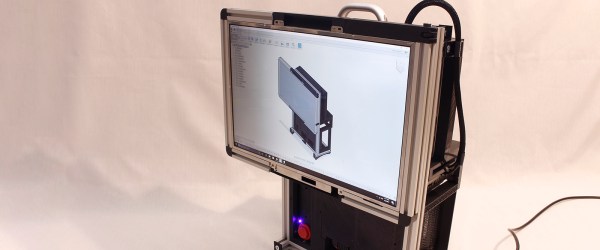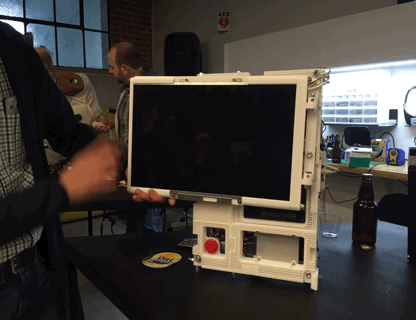More than one member of the Hackaday team has significant involvement in a hackspace, as member, director, or even founder. We talk about hackspaces quite rarely on these pages though, not because we don’t have anything to say on the matter but because even when we write in general terms our fellow members invariably think it’s all about them rather than the hackspace world at large.
For once I’m going to break the silence, and not only talk about hackspaces, but talk about my own hackspace in specific terms. Because, fellow Oxford Hackspace members, this isn’t about you personally though I’m using our home to illustrate a point. The topic is a thorny issue that must affect all spaces, that of donations of physical items. People want to help their hackspace, they have a pile of what they consider to be good stuff, and when they’re having a clear-out they make a donation. But, as we all know, “one man’s trash is another man’s treasure” and vice-versa. Continue reading “The Complex Issue Of Hackspace Donations”


















